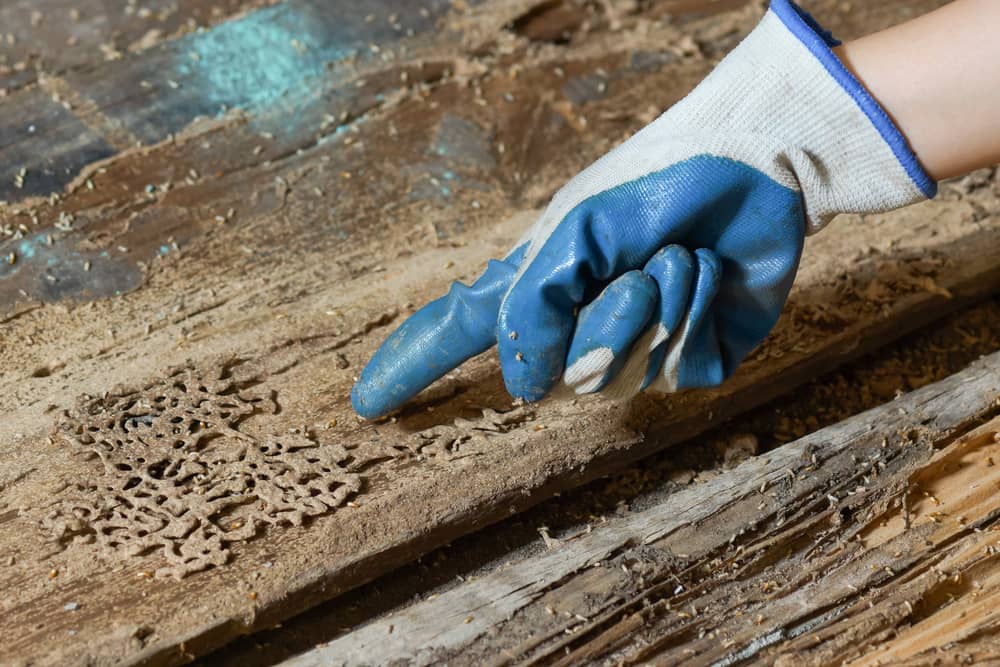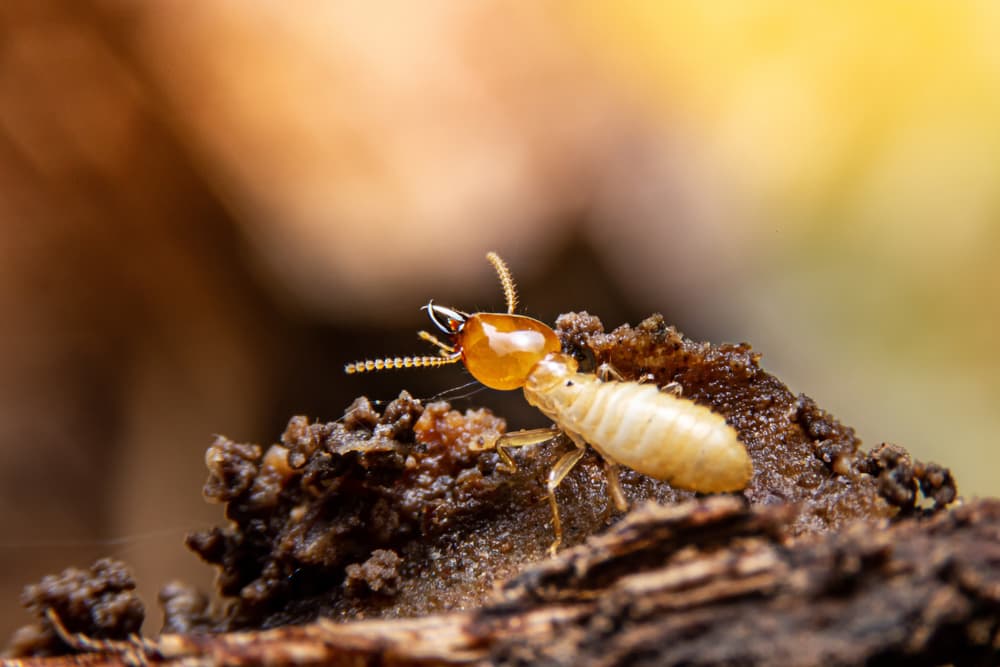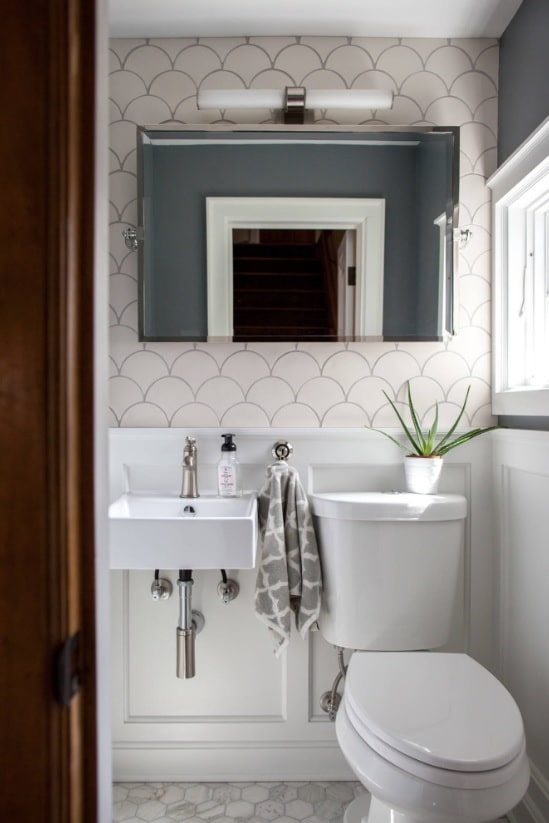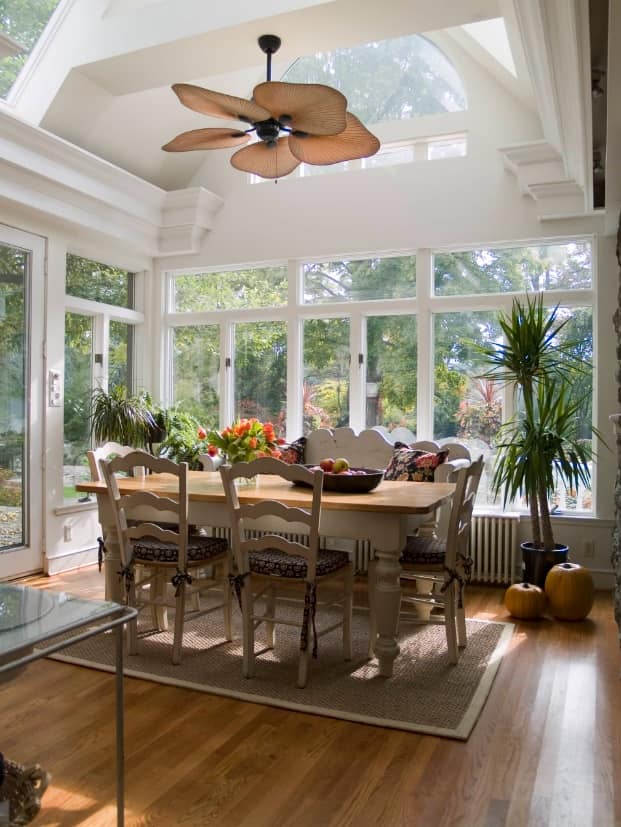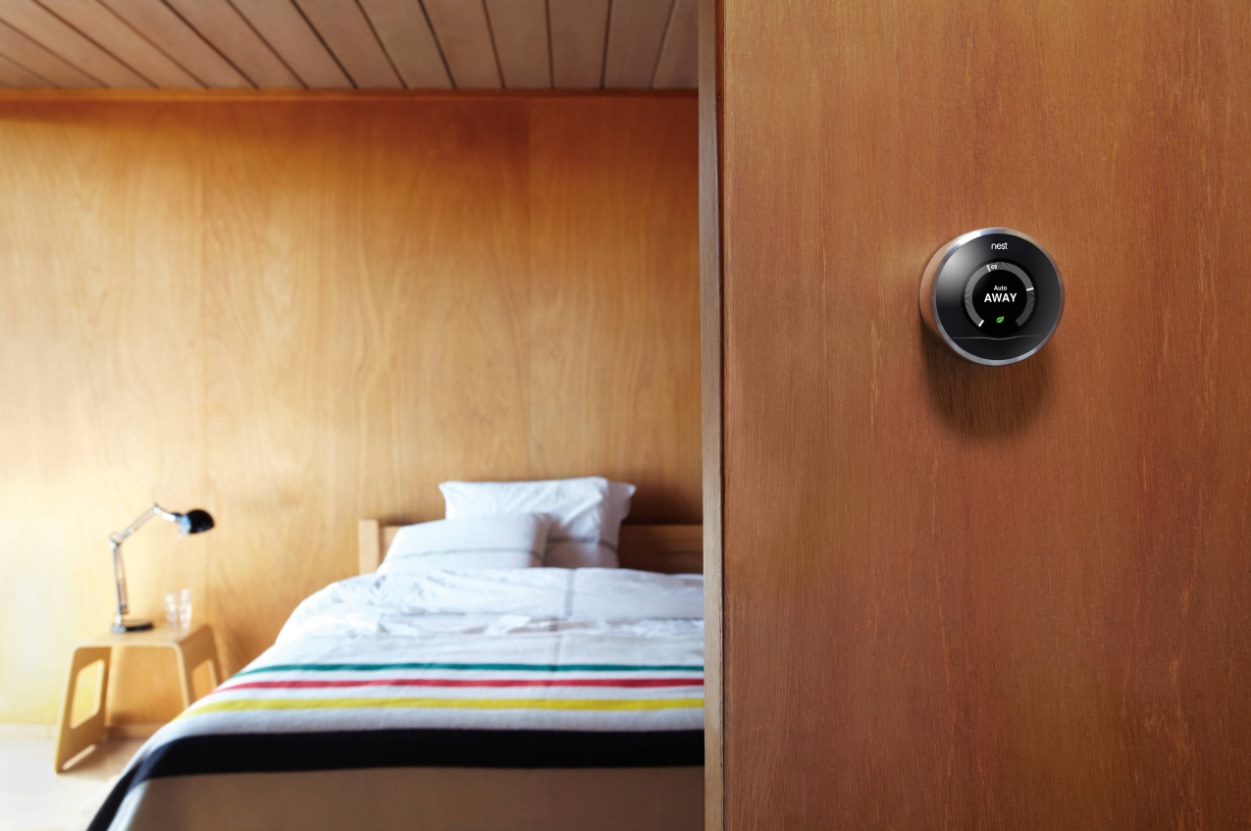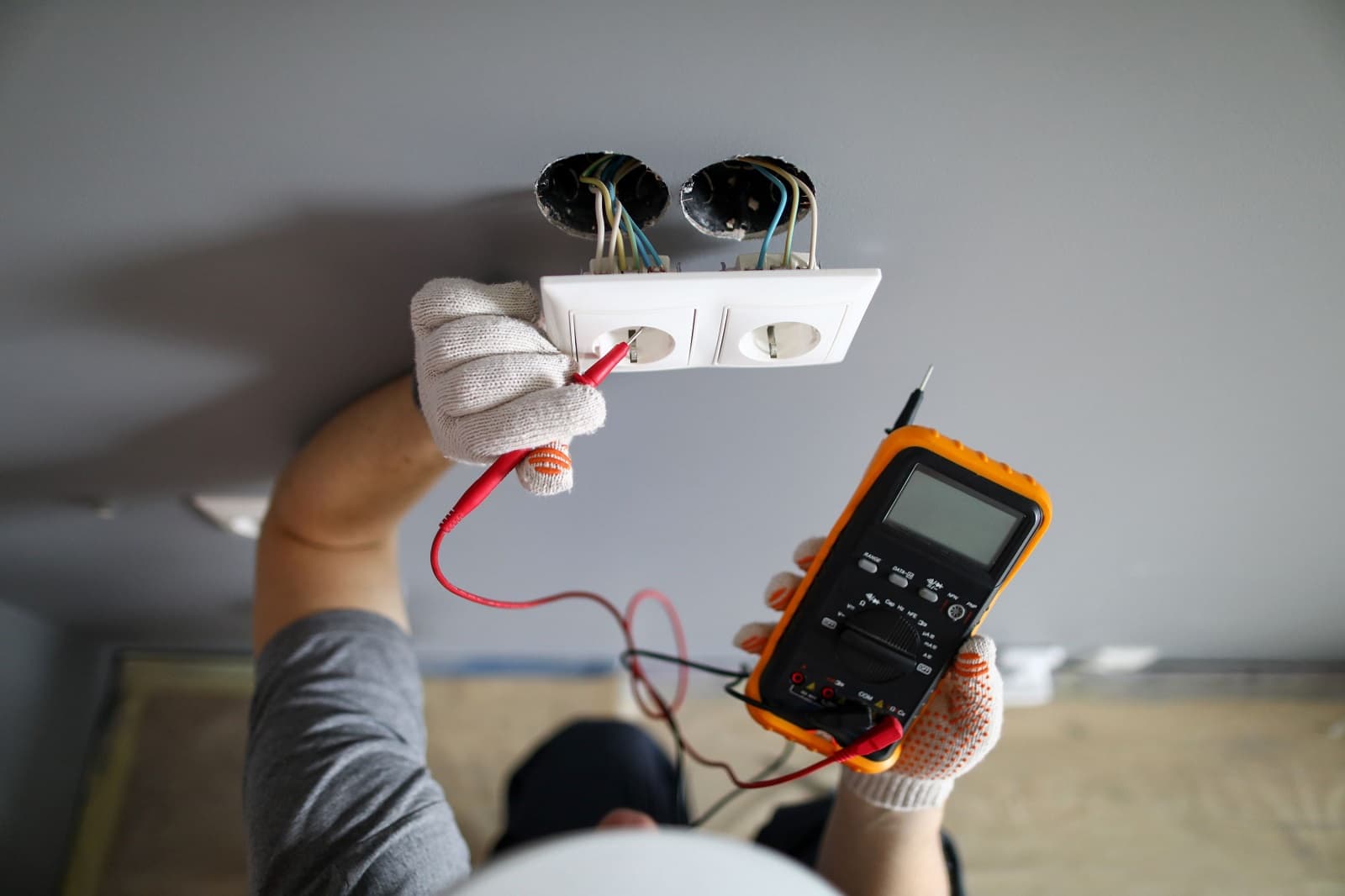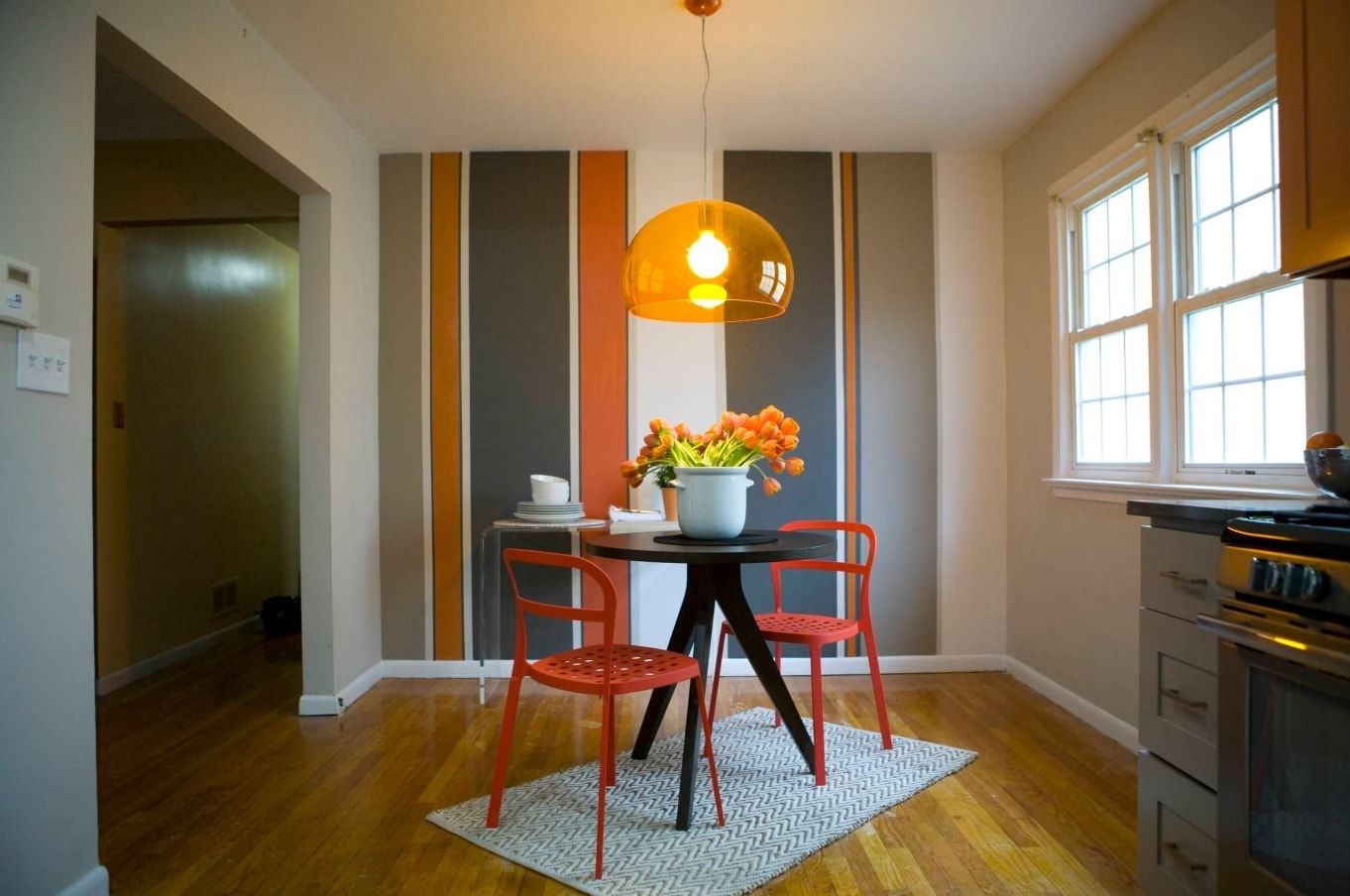Termites are known to be highly destructive insects, capable of causing significant harm to any home. Sadly, most homeowners aren’t even aware of a termite problem until the damage is extensive. The presence of termites often goes undetected for an extended time, even years. Due to the inconspicuous size of termites, you might not detect them until the telltale signs manifest. Any wooden furnishings or structures you have will soon show signs of damage.
In most cases, you’re likely to see miniature-sized holes, or the furniture becomes unstable or sounds hollow. When you happen to find unusual cracks in the walls of your home, it’s a surefire indication of termites since they hunt for cellulose, a common organic compound in plant-based materials such as paper, cotton, and wood. Termites can break down the cellulose fibers present in wood to obtain sustenance. Sadly, having termites around may be detrimental if you have wooden furniture.
If you notice any damage, consider calling a termite control professional. Your home will only suffer more harm if the problem is ignored. Aside from hiring a professional, you should also be familiar with ways to protect your furniture. Here are several insightful tips to keep in mind to protect your wooden furniture from termites.
Perform Routine Pest Control
Prioritize routine pest control, ideally every one to two years, if you want to keep termites at bay. However, if you’re too late and an infestation is beyond your control, consider hiring a professional pest control service that involves chemicals or fumigation.
You also have the option to buy anti-termite chemicals that you can apply directly on any potentially infested furniture. Remember that you should handle these chemicals carefully due to their potentially hazardous nature.
Allow the furniture to dry fully for at least 6 to 8 hours after applying a wood preservative or an anti-termite chemical before applying a laminate or veneer finish. Today, you might discover a non-toxic, odorless, herbal-based anti-termite chemical that is environmentally friendly.
Keep Moisture Under Control
For homeowners with several wooden furniture pieces around the house, proper care may be the key to lowering the chances of a termite attack.
When cleaning wooden furniture, it’s best to use a dry microfiber cloth instead of a damp towel to minimize moisture exposure, making it attractive to termites.
You should also consider the importance of good ventilation in your home to eliminate excess moisture by repairing pipes and fixing damp walls. Any damp areas may be suitable spots for termites to thrive. Make sure to keep the moisture level in your bathroom low to minimize the chances for termites to invade your home. Also, avoid leaving wooden furniture outdoors, especially in the yard, since termites can readily infiltrate the wood directly from the soil.
Termites require moisture to thrive and cannot survive out in the open. In light of this, your top priority should be to get rid of extra moisture as the first line of defense.
Apply A Termite-Resistant Wood Polish
Today, you might find a wood polish with termite-resistant properties. If you want to ensure your wooden furniture stays in good shape and lower the chances of termite damage, consider investing in one. Most of these polishes produce a sturdy and lustrous layer that protects and maintains the wood at the same time. Go for an oil-based varnish, and don’t forget to include the base of the furniture.
Utilize Aloe Vera
Aloe vera is an organic approach to protecting your wood furniture from termites. It may be surprising, but aloe vera protects against termite infestation. If you have an aloe vera plant, trim a leaf and crush it until you obtain the gel. Once you have enough gel, apply it all over your wooden furniture. The aloe vera gel creates a barrier that termites cannot penetrate.
Make An Olive Oil And White Vinegar Mixture
If you want to utilize a home remedy that works against termites, the combination of olive oil and white vinegar will do the trick. After combining both ingredients, apply evenly on your wooden furniture to protect against termite attacks. An alternative is pouring the mixture into a spray bottle and spritzing on spots that termites may infest. Generally, vinegar works as a natural repellant if you want an alternative to toxic anti-termite chemicals.
Apply Natural Oils
Another natural approach to protecting your wooden furniture from termites is applying natural oil. Some suitable options include orange oil and neem oil.
Orange oil helps prevent termite attacks due to its compound, d-limonene, which also effectively works on other pests, including ants, mites, mosquitoes, and flies. It can kill termites once they come into direct contact with the oil. As for neem oil, you need to apply it repeatedly on wood surfaces to ensure continuous protection.
Expose Furniture To Direct Sunlight
If you suspect a possible termite infestation in one of your wooden furniture, the best action is to expose it to direct sunlight for a minimum of three days. The sunlight will help dry up the furniture while at the same time eliminating those that were able to infiltrate through the wood.
Final Thoughts
A termite infestation can be a devastating ordeal, not only to your wooden furniture but also to any wooden structures in your home. The best way to know if termites are steadily destroying your home is to hire a professional to conduct routine inspections. Aside from the professional pest control service, knowing ways to protect your furniture will ensure keeping termites at bay.

